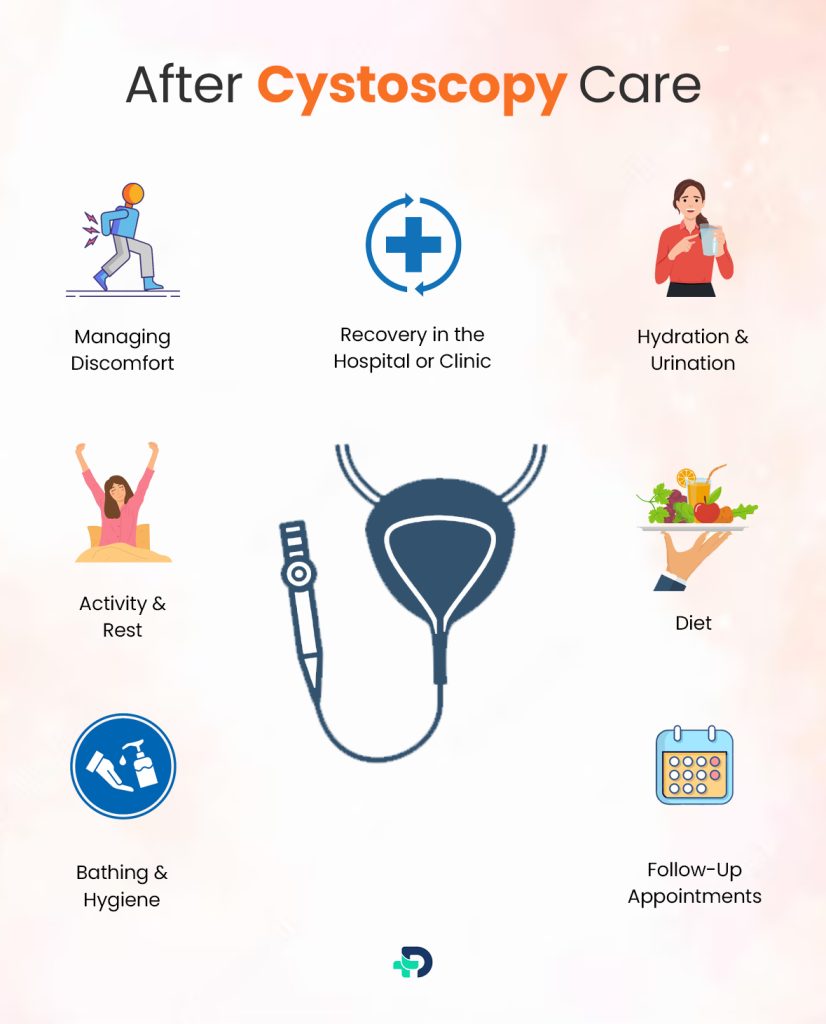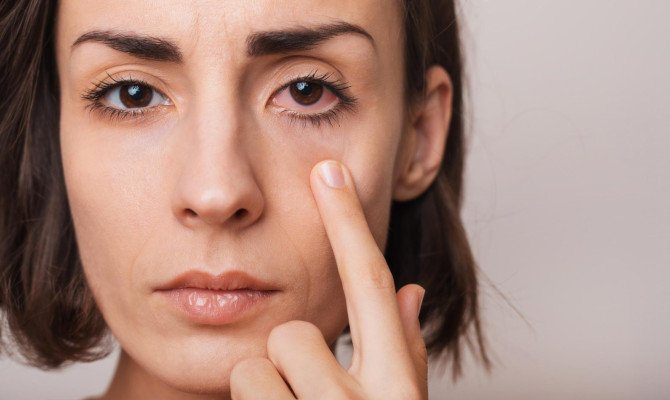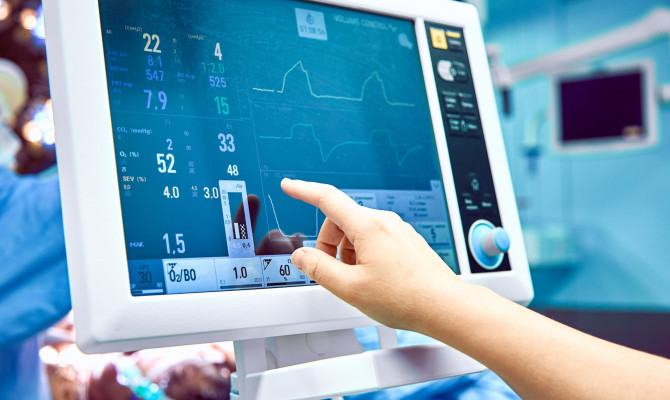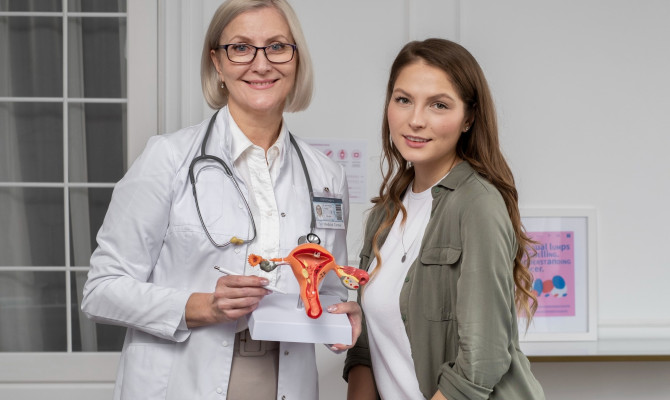Exploring Cystoscopy: A Comprehensive Guide to Understanding the Procedure

- Cystoscopy
- 01 Sep 2023
Introduction
What is Cystoscopy?
Cystoscopy is a medical procedure that is used in order to visualize and examine the interior of the urinary bladder and urethra. It usually involves the insertion of a very thin and highly flexible tube that also has a camera and a light source attached to it via the urethra and into the bladder via a device known as cystoscope. It has been most commonly utilized in order to diagnose and treat certain urinary tract conditions, offering a minimally invasive and accurate approach. In this comprehensive guide, let us look into the details of cystoscopy, its applications, the procedure itself, potential risks, and the importance of preparing for it. Additionally, we will explore interactive elements to facilitate easy understanding and learning. 1Introduction | Researched based study from Urology Care Foundation

Types
Cystoscopy Types
- Rigid
- Flexible
There have now been new developments in a third type known as virtual cystoscopy. 2Types | Researched based study from National Health Service
Rigid Cystoscopy
- Rigid cystoscopy involves the use of a straight, inflexible cystoscope for urinary tract examination.
- This type of cystoscopy is commonly performed under general or regional anesthesia and is particularly useful when a more extensive examination is required.
Flexible Cystoscopy
- Flexible cystoscopy, on the other hand, utilizes a thin, flexible cystoscope that can bend and maneuver easily through the curves of the urethra.
- Flexible cystoscopy can often be used in outpatient setting and therefore does not generally require anesthesia, making it less invasive and more tolerable for patients.
- A significant advantage of flexible cystoscopy over rigid type is its versatility. Urologists can use it for both diagnostic and therapeutic purposes, such as performing minor procedures like biopsies or removing small bladder stones.
Virtual Cystoscopy
- Virtual cystoscopy, also known as computed tomography cystoscopy or CT cystoscopy, is a non-invasive imaging technique used to visualize the urinary tract without inserting a physical cystoscope.
- Instead, it employs CT or MRI imaging techniques to create three-dimensional structures of the bladder and surrounding structures.
Uses
Cystoscopy Uses
Diagnostic Purposes
Cystoscopy plays a highly important role in the diagnosis of various urinary tract anomalies including: 3Uses | Researched based study from National Center for Biotechnology Information
- Presence of blood in the urine (hematuria): Cystoscopy helps identify the source of bleeding within the urinary tract, which may be due to bladder infections, stones, tumors, or other structural abnormalities.
- Recurrent Urinary Tract Infections (UTIs): For patients with frequent UTIs, cystoscopy can help identify factors contributing to the infections, such as bladder stones, tumors, or urethral strictures (adhesions in urinary tract)
- Unexplained Lower Urinary Tract Symptoms: Persistent lower urinary tract symptoms like urinary frequency, urgency, and incontinence may warrant cystoscopy to visualize the bladder and rule out any underlying issues.
- Bladder Pain or Interstitial Cystitis: In case of chronic bladder pain, cystoscopy can be used to examine the bladder wall for signs of inflammation or other abnormalities associated with interstitial cystitis.
- Bladder Outlet Obstruction: Cystoscopy can be used to assess and diagnose conditions that cause obstruction of the bladder outlet, such as benign prostatic hyperplasia (BPH) in men or urethral strictures.
Therapeutic Uses
Cystoscopy is not only a diagnostic tool but also enables urologists to perform various therapeutic procedures. Some common therapeutic indications for cystoscopy include:
- Bladder Biopsy
- Bladder Tumor Resection
- Urethral Stricture Treatment
- Bladder Stone Removal
- Placement of Ureteral Stents
Preparation
Preparing for Cystoscopy
Before undergoing cystoscopy, patients will receive specific instructions from their healthcare provider. Common guidelines include:
- Discussing Medications: Patients have a duty to inform the urologist about any medications they might be taking for some other condition. Certain medications may provide a risk factor for this procedure hence it is important to take necessary precautions before starting the procedure.
- Fasting: In some cases, patients may need to fast for a few hours before the procedure to prevent potential complications during anesthesia.
- Bowel Preparation: A laxative or enema might be prescribed to empty the bowels before cystoscopy to ensure a clear view of the bladder.
Procedure
The Cystoscopy Procedure
Step-by-Step Explanation of the Cystoscopy Process 4Procedure | Researched based study from American Cancer Society
Step 1: Pre-procedure Preparation
- Before the procedure begins, patients are required to empty their bladder.
- They are then positioned on the examination table with their feet placed in stirrups for better access to the genital area.
Step 2: Anesthesia Administration
- It may be local or general anesthesia.
Step 3: Insertion of the Cystoscope
- The urologist will now insert the cystoscope gently into the patient’s urethra and gently advance through it to reach the bladder.
- The cystoscope’s camera and light source allow the urologist to visualize the urinary tract on a monitor in real-time.
Step 4: Visualization and Examination
- As the cystoscope is advanced through the urethra and into the bladder, the urologist will examine all the structures of the urinary tract thoroughly.
Step 5: Biopsy or Therapeutic Interventions (if needed)
- If any abnormalities or suspicious areas are identified, the urologist can take a small biopsy sample which will be sent to a pathology lab for further analysis.
- Additionally, certain therapeutic interventions, such as tumor resection, stone removal, or dilation of strictures, can be performed using specialized instruments inserted through the cystoscope.
Step 6: Completion and Catheterization (if needed)
- Once the cystoscopy is complete, the cystoscope is gently removed from the bladder.
- A urinary catheter might be placed to help drain the bladder and relieve any urinary retention.
Step 7: Post-Procedure Care and Recovery
- After cystoscopy, patients are monitored in the hospital wards until the anesthetic effects wear off the patient.
- If a catheter is placed, specific instructions for its management will be provided.
Advantages
Advantages of Cystoscopy
Cystoscopy offers several advantages that contribute to its essential role in the diagnosis and treatment of various urological conditions:
- Cystoscopy provides direct visualization of the urinary tract, enabling urologists to identify and precisely locate abnormalities, such as tumors, stones, or strictures.
- Flexible cystoscopy is Minimally Invasive.
- Real-Time Diagnosis can be provided.
- Cystoscopy facilitates various therapeutic procedures, such as biopsies, tumor resection, and stone removal, eliminating the need for more invasive surgeries in many cases.
- Cystoscopy can be tailored to address specific patient concerns, including recurrent UTIs, hematuria, or lower urinary tract symptoms, leading to personalized treatment plans.
Risks
Side Effects and Risks of Cystoscopy
While cystoscopy is generally safe, it may carry some side effects and complications: 5Risks| Researched based study from Canadian Cancer Society
- Discomfort: The procedure can produce mild discomfort to the patient, especially when the instrument is introduced into the bladder.
- Urinary Tract Infections: The procedure may increase the risk of developing UTIs.
- Urinary Retention: Some patients may have difficulty urinating after cystoscopy due to irritation or swelling of the urethra, leading to temporary urinary retention.
- Bleeding: Cystoscopy can cause minor bleeding, especially if biopsies or therapeutic interventions are performed.
- Perforation: In extremely rare cases, the patient’s urethra may be mildly torn, which may require additional treatment.
Care

After Cystoscopy Care
Recovery in the Hospital or Clinic: 4Care | Researched based study from American Cancer Society
- After the procedure, the patient is shifted to hospital wards and monitored till the anesthesia wears off.
- During this time, medical staff will observe vital signs, check for any signs of complications, and provide necessary instructions for post-procedure care.
Managing Discomfort:
- Over-the-counter pain relievers can alleviate these symptoms.
- It is essential to avoid aspirin or blood-thinning medications unless advised otherwise, as they may increase the risk of bleeding.
Hydration and Urination:
- Staying hydrated after cystoscopy is crucial to flush out any residual anesthesia and reduce the risk of urinary tract infections.
- Frequent urination is normal in the hours following the procedure. However, if patients experience persistent or severe pain while urinating or notice blood clots in the urine, they should contact their healthcare provider promptly.
Activity and Rest:
- Most patients are discharged within a day or two, and can resume daily activities soon after.
- However strenuous exercise needs to be avoided for a few days.
- Resting at home and allowing the body time to recover is crucial for a smooth healing process.
Diet:
- A well-balanced diet is essential during the recovery period.
- Patients should avoid spicy foods, alcohol, and citrus fruits that may irritate the bladder.
- A diet rich in fiber can help prevent constipation, which can be exacerbated by anesthesia and pain medications.
Bathing and Hygiene:
- Taking showers instead of baths during the first few days after cystoscopy is advisable to prevent possible infection.
- Patients should also practice good hygiene and clean the genital area gently after using the restroom to reduce the risk of contamination.
Follow-Up Appointments:
- Patients are typically scheduled for a follow-up appointment with their urologist to review the results of the cystoscopy and discuss any further treatment if needed.
- It is essential to attend this appointment to ensure proper monitoring of the condition and to address any post-procedure concerns.
Complications
Potential Complications
Visit your healthcare provider if you suffer from any of the following:
- Severe pain that does not improve with pain medication
- Persistent fever or chills
- Inability to urinate within 24 hours after the procedure
- Unusual bleeding, such as large blood clots or bright red blood in the urine
- Signs of infection, like increasing pain, redness, or swelling at the insertion site
FAQ
Frequently Asked Questions
Is Cystoscopy Painful?
- Cystoscopy is generally a well-tolerated procedure.
- Before the examination, the doctor may use a local anesthetic gel or spray to numb the urethra, minimizing discomfort during the insertion of the cystoscope.
- Some patients may experience mild discomfort when the scope is inserted. However, any significant pain during the procedure is uncommon.
How Long Does a Cystoscopy Take?
- The duration of a cystoscopy varies based on the purpose of the examination and any additional procedures required. Typically, a routine diagnostic cystoscopy takes about 5 to 10 minutes.
- Therapeutic cystoscopies, such as removing bladder stones or collecting tissue samples for biopsy, may take longer.
Is Sedation Required for Cystoscopy?
- In most cases, cystoscopy is performed as an outpatient procedure and does not require general anesthesia.
- However, for some patients who may be anxious or have a low pain threshold, the doctor may administer mild sedation to help them relax during the examination.
How Should I Prepare for Cystoscopy?
Before the procedure, your doctor will provide specific instructions on how to prepare. This may include:
- Fasting for a few hours before the procedure, especially if you will receive sedation.
- Informing the doctor about any medications or supplements you are taking.
- Arranging for transportation, as sedation can temporarily affect your ability to drive.
Is Cystoscopy Safe During Pregnancy?
- Cystoscopy is generally considered safe during pregnancy if medically necessary. However, the doctor will carefully assess the risks and benefits before proceeding.
- Whenever possible, non-invasive alternatives may be considered to avoid potential risks to the developing fetus.
Can Cystoscopy Detect Bladder Cancer?
- Yes, cystoscopy is a crucial tool in detecting bladder cancer.
- It allows the doctor to directly visualize the bladder lining and identify any suspicious areas that may require further investigation or biopsy.
Bottomline
Bottomline
Cystoscopy is a fundamental and versatile tool in the field of urology. Its ability to provide direct visualization of the urinary tract allows for accurate diagnosis and targeted treatment of various urological conditions. Whether for detecting bladder cancer, assessing recurrent UTIs, or managing bladder outlet obstruction, cystoscopy plays a critical role in improving patient outcomes and quality of life. While cystoscopy is generally safe, patients should be aware of potential side effects and complications, and it is essential to discuss any concerns with their healthcare provider. As technology continues to evolve, the future of cystoscopy holds even greater promise for improved diagnostic accuracy, more targeted treatments, and enhanced patient experiences.
Any feedback on this article?
 This Articles content was accurate
This Articles content was accurate Very Informative Article
Very Informative Article I have a question or a comment
I have a question or a comment
 This article contains inaccurate content
This article contains inaccurate content This article was not helpful
This article was not helpful I have a question or a comment
I have a question or a comment
We appreciate your helpful feedback!
Checkout our social pages
References
-
Urology Care Foundation
Introduction
-
National Health Service
Types
-
National Center for Biotechnology Information
Uses
-
American Cancer Society
Procedure | Care
-
Canadian Cancer Society
Risks




































